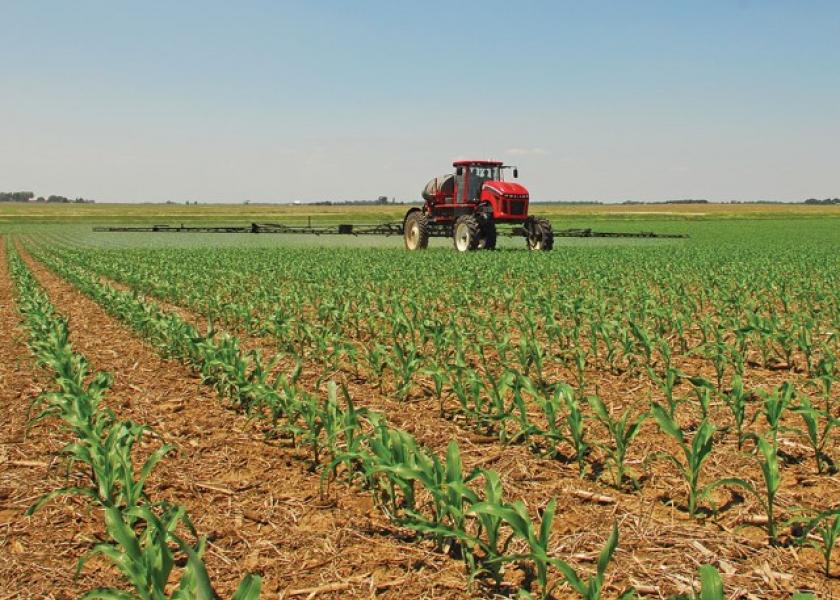Long Tail For Crop Protection Supply Chain Snafus

As the team at Asmus Farm Supply says, all shortages are frustrating, some are just more difficult than others to find suitable alternatives to still effectively control target pests.
For Amy Asmus at Asmus Farm Supply, the supply chain snafus have highlighted the importance of retailers having strong relationships with manufacturers and suppliers.
“The main troubles have been with glyphosate and glufosinate,” she says. “And I’m worried more about glufosinate.”
Jeff Bunting Crop Protection Division Manager at Growmark says, “there are two active ingredients that are causing a lot of concerns and anxiety given the demand around traits and importance in a weed control program –glyphosate and glufosinate.”
He shares the concern has escalated in the past two months.
“We are getting some, but as an industry we aren’t getting nearly enough. Right now, we are shuffling inventory and supply plans to who needs product to keep applicators going and customers what they need to get them by.”
Securing product for customers has been a huge focus for the Asmus Farm Supply team this year, and it’s been spotty and unpredictable.
“For example, at times we can easily get glyphosate bulk but 2.5 gal have been nearly impossible,” Asmus says.
And while Asmus says fungicide supplies will also be tighter this year, it’s herbicides that are garnering the most angst.
“With herbicides, you have efficacy issues to worry about. We have to control the pests that are in the fields,” she says.
Bunting also shares they have their eyes on fungicide supplies as well. Given the bullish commodity market, he says this segment of the business appears to be on track for a good year and over the last few weeks many signals indicated that this will also be stressed in 2021.
“The only bright spot is that this application window is 2-3 months out and supply positions/packaging materials could improve with time – or not,” he says.
Growmark’s Bunting credits the shortage to logistics–limited containers for overseas shipments, slow port turnarounds, stressed trucking resources, and hard to source packaging materials. He cites it usually takes 10 weeks to get material from China to the US and in a warehouse, whereas in 2021 it’s taking well over 16 weeks and with some products longer.
“Not to mention the pressure put on manufacturing when flipping lines to accommodate when tech and inerts arrive and packaging shortages range from bottle caps to plastic jugs to cardboard,” Bunting says. “This has been a major strain at all levels of the supply chain. We’ve heard there is tech available – either in China or even as close as a vessel trying to dock at a US port. There are many steps constrained along the process from container availability to work force issues that appears to be the problem.”
Growmark’s consultants have advised that the issues could last for another 12 months into the first quarter of next year.
“Every day, we are communicating with suppliers and manufacturers to get an estimated ETA,” Bunting says. “And they are sharing supply chain plans.”
“Flexibility is a big deal right now,” Bunting adds. “You can still find product, but it may not be your first option.”
The shortages are being realized at a pivotal time in the growing season.
“April 21 is go time,” Bunting says. “We’ve been having weekly meetings with our retail members and owners, and we’re sharing the supply plans and for them to be ready for plan B. Retailers are engaged in the conversation and feel like they are positioned ahead of the spring season, but it’s a very fluid situation. We continue to focus on what we know, when we will get inventory, and be ready to position to meet their farmer and ranchers need during the 2021 growing season.”







